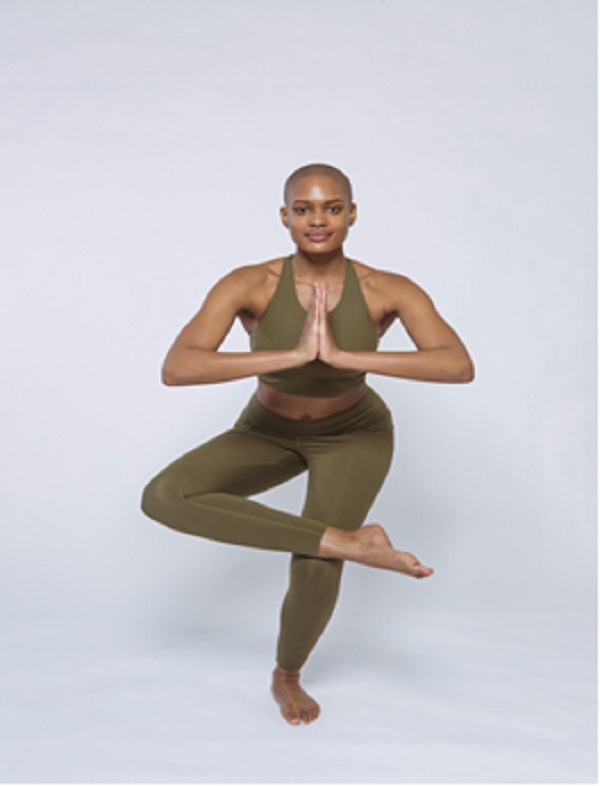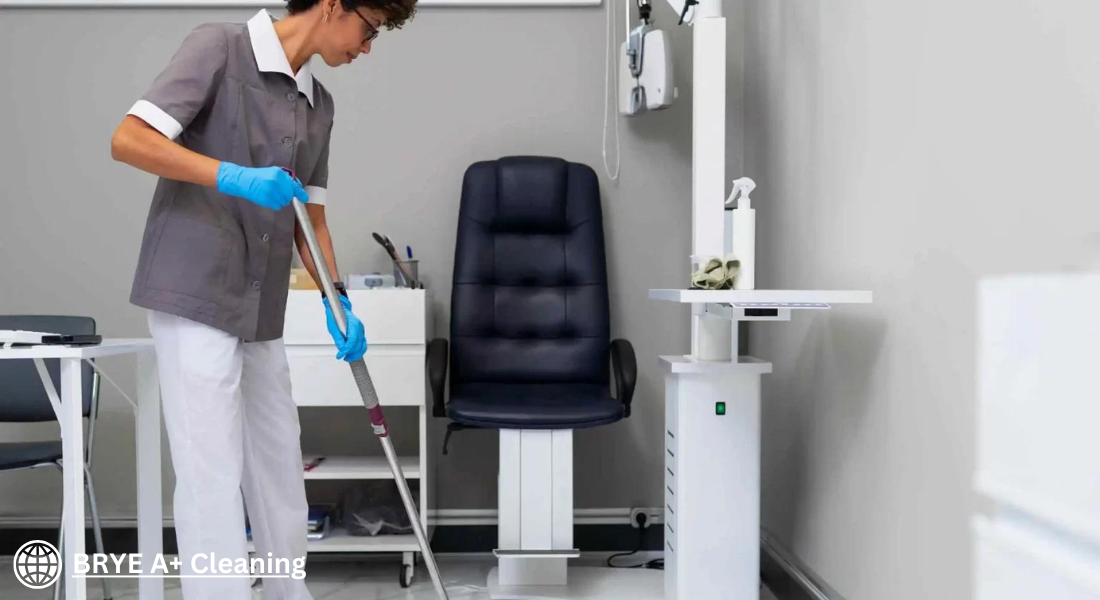Overview:
Yoga is more than exercise. It transforms the body, mind, and spirit. Originating in ancient India, it boosts well-being. This article discusses yoga’s benefits and offers tips to incorporate it into daily life.
Introduction:
Modern life is tough. Yoga, with its postures, breathing, and meditation, brings calm and fitness. Starting yoga can significantly improve life. This article explores yoga’s impact on physical and mental health and how to practice it daily for the best results.
The Physical Benefits of Yoga

- Improved Flexibility and Strength:
There is no doubt that flexibility is one of the first and most evident changes usually observed in yoga practitioners. In different asanas, the body slowly but systematically stretches and elongates, which helps improve one’s flexibility and decrease physical rigidity. Yoga enhances flexibility and reduces stiffness. It also builds strength, especially in the abdomen and legs. Poses like Plank and Warrior are key.
- Tip: Attempting a 15-minute yoga exercise session in the morning is essential, emphasizing flexibility and strength. Start with numbers like Downward Dog, Triangle Pose, and Bridge Pose. Note how your body feels at the beginning and end of that exercise session.
2. Enhanced Respiratory Function:
Respiration control, or pranayama, is another major yoga component influencing respiratory efficiency. Breathing exercises, or pranayama, boost lung capacity and mental health.
- Tip: The other factor you can try in your yoga exercise is different breathing patterns. Begin your session with 5-10 minutes of meditation breathing before and at the end of the session. When using these techniques to observe how these changes occur, there would be a change in energy levels and focus.
3. Cardiovascular Health:
Yoga is also helpful in the functioning of the cardiovascular system. Practicing yoga has also been identified to impact hypertension, cholesterol, and blood circulation, among other pathologies. Yoga benefits heart health by improving blood pressure, cholesterol, and circulation.
- Tip: Include poses like sun salutations and warriors, as they help improve heart health. These poses help increase the heart rate and circulation, which makes the individual more cardiovascular fit.
The Mental and Emotional Benefits of Yoga

A. Stress Reduction:
One aspect that people love most about yoga is that it helps reduce stress. Yoga influences the parasympathetic part of the nervous system due to the focused movement and breath control to enhance the production of oxytocin and lower cortisol. Also, relaxation prevents and controls stress. It improves sleep and boosts optimism.
- Tip: Practice a few restorative yoga postures before bed, or wake up early and do yoga to start your day. Some commonly used relaxing poses are the Child’s Pose, Legs Up on the Wall Pose, and Savasana.
B. Increased Mindfulness and Focus:
Yoga helps develop awareness of the present moment since exercise emphasizes the same. The expectation of practicing breath control along with movements aids in clearing the mind and effectively concentrating. This heightened awareness of the self does not confine itself to the yoga mat and continues even in real life.
- Tip: To incorporate mindfulness in your practice, seek to set a particular goal for each class you will undertake. Concentrate on your breath and body sensations as you move through the poses. Carry this mindfulness into other areas of your life to enhance focus and awareness.

C. Emotional Balance and Resilience:
Yoga’s mind-body connection makes people more aware of their emotions and reactions. This awareness fosters emotional balance and resilience, enabling you to handle life’s challenges more easily. Yoga encourages self-reflection and acceptance, leading to improved emotional health and well-being.
- Tip: Practice yoga poses encouraging emotional release and balance, such as forward folds and twists. Use journaling or meditation to explore and process any emotions during your practice.
The Synergy of Yoga and Chiropractic Care:
Yoga is effective in adjusting various aspects of chiropractic care. So, it can boost the benefits of both when done together. Yoga aims to improve flexibility and balance. Chiropractic care seeks to fix the spine and optimize the nervous system. So, chiropractic treatment can help maximize the benefits of yoga.
Chiropractic adjustment enables the body to have good posture, allowing an individual to avoid injuries when practicing yoga. This combination results in a healthy balance of various aspects of human health. Yoga improves muscle flexibility and tone. Chiropractic corrects and aligns the body’s structures. Together, they represent the best state of being.
Interactive Yoga Practices for Home
I.Starting with Sun Salutations:

The mind-body connection in yoga makes individuals develop understanding and mindfulness when responding to specific issues. It creates the balancing of emotions and reduces the stress level, thus helping one deal with life issues more efficiently. Yoga helps one be aware of oneself and accept them as she/he is, boosting emotional health.
- Tip: Perform exercises that allow the discharge of emotions and are beneficial for emotional stretch, like forward folds and twists. For any feeling experienced while practicing, you should use journaling or meditation to reflect on that particular feeling.
II. Mindful Breathing Techniques:
Surya Namaskar or Sun Salutes are exercises executed upright and directed towards the Sun. They warm the body before practicing other asanas or poses in a formal exercise regimen. It consists of forward bending, backward bending, and balancing exercises, which give the entire body a good exercise. Doing so helps set a desirable intention or a goal, thereby providing direction to your practice and a reason why you are practicing.
- Tip: It helps to vary the Sun Salutation by doing your combined sequence and including your favorite asana. Perform this sequence in the morning to jump-start the body and the brain for the day.
III. Guided Meditation and Relaxation:
Pranayama is vital to your yoga practice or breath control to help you get deeper into a workout. Pranayama includes resting and cleansing; Nadi Shodhana is a technique that involves using the right hand’s index finger to close the right nostril to allow fresh air to flow into the lungs. In contrast, Sama Vritti focuses on pinching the nostrils and closing the eyes to help calm the mind and balance the nervous system. These practices can be highly useful in reducing stress and improving mental focus.
- Tip: Spend at least five to ten minutes before and after the breathing exercises. Try as many techniques as possible until you establish the one that is most effective and satisfactory for you, as it is an augmentation of your practice.

Creating a Personal Yoga Space:
If you practice yoga and want to continue to have more relaxation, adding some meditation and relaxation is wise. It may include simple forms of practice such as the body scan and the loving-kindness meditation that assist in bringing on a positive attitude in the system and eradicating stress. Practicing Savasana at the end of your practice helps you ideally receive the fruits of your practice.
- Choose a Quiet Spot:- Pick a quiet spot in your house where you will not be interrupted while performing your Yoga exercises. Privacy is possible so that you do not disturb other people, and solitude helps to create a calm atmosphere.
- Gather Essential Props:- Use a good-quality mat, and select good-quality blocks, straps, and blankets. These tools complement your practice and assist you in getting the correct positioning and comfort in several asanas.
- Incorporate Elements of Nature:- Add nature to your environment to improve your practice. Greenery, white light, and a lavender fragrance help keep the patient’s mind stress-free and focused, which is necessary for healing.
- Personalize Your Space: It should hold things that make you happy. Include art, candles, or other cherished items. Some changes create an amiable atmosphere in the space used for yoga, always making a person practice with zeal and maximum dedication.
- Practicing with a Professional:- Yoga teacher training in India offers a transformative experience, combining traditional practices with deep spiritual insights. Set against the serene backdrop of India’s natural landscapes, these programs immerse participants in authentic yoga teachings, focusing on asanas, pranayama, meditation, and philosophy. India, being the birthplace of yoga, provides an unparalleled environment for those looking to deepen their practice and gain a profound understanding of yoga’s roots. The training not only equips individuals with the skills to teach but also fosters personal growth and self-discovery.
Conclusion:

These are some reasons why yoga can enrich one’s life if done correctly and consistently. Through yoga, one can enhance the general body health, sharpen the mind, and build a solid pillar to face emotional challenges. Indeed, yoga is an established means to help cope with stress, achieve correct positions, and better understand oneself, thus resulting in a healthier and happier life. Take the ride and accept that change. Give your practice a rhythm in search of the desired, balanced, and happier life.
To practice the techniques of meditation for happiness, start a daily meditation session while sitting in a comfortable and calm position. The chair tips upward and backward slightly, and you can hear instructions like ‘Close your eyes and relax.’ Breathe such that you suck in the air and let it out with the delight of having your favorite meal. Cherish a favorable idea, thought, or thing in your life. Life, relatives, friends, and health are priceless delights to discuss.
Yoga enriches life through better health, focus, and emotional strength. It’s a path to a happier life. Start with simple meditation. Practice often. Yoga is personal; find what works for you. The journey matters more than the destination.


